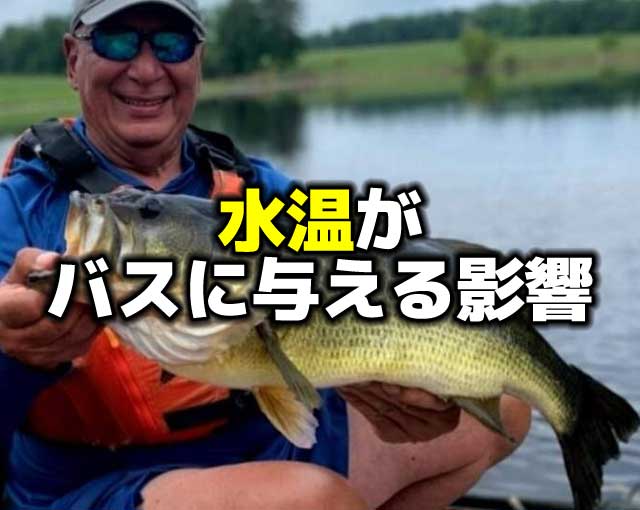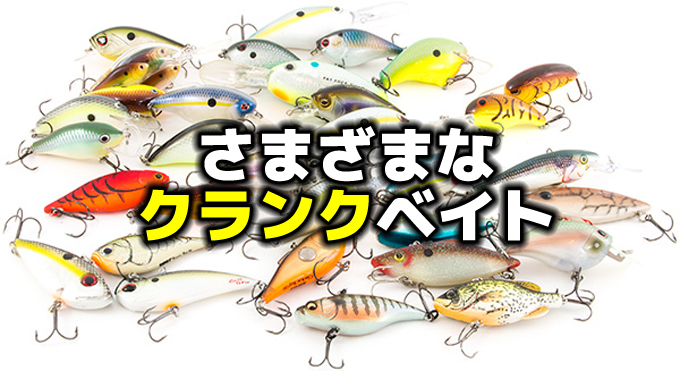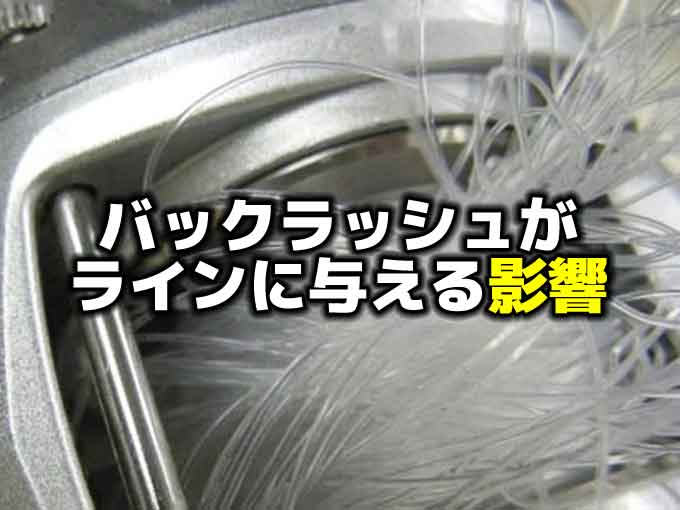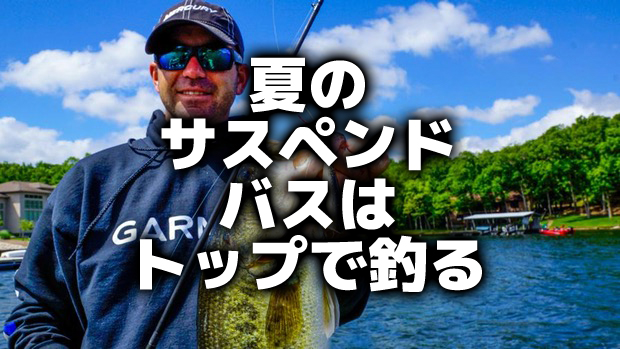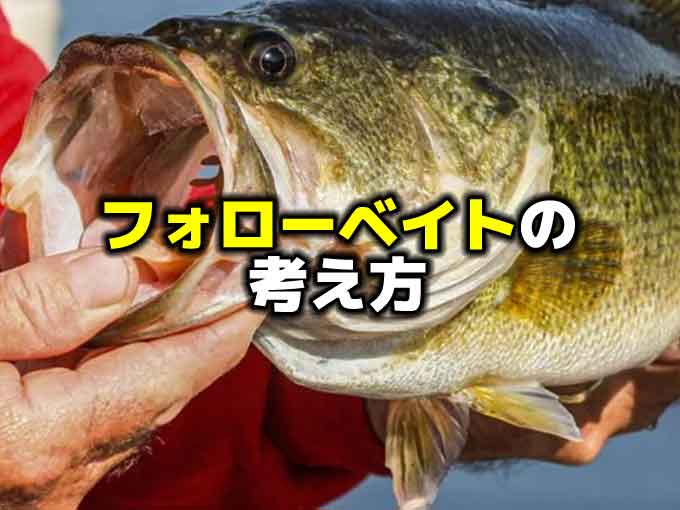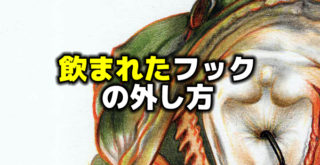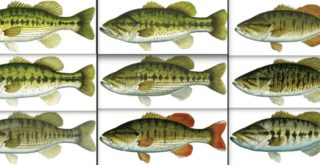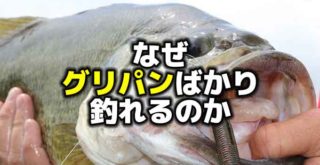早春のバス釣り成功の鍵はガマンと広く探ること!
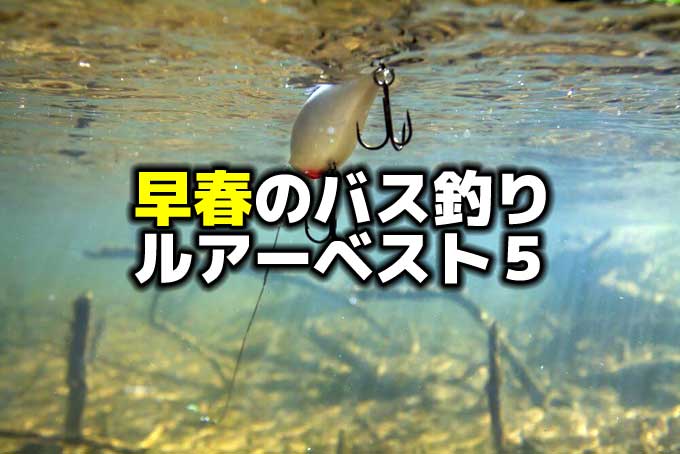
冬眠から覚め始めたバスを釣るには大型ルアーよりも繊細さが必要!?早春のバス釣りで大物に出会うコツとは? 5つのおすすめルアーと桟橋、護岸、倒木を中心に攻めのポイントを解説します。
こんにちは!店長の小山です!
春が近づくにつれ、寒いながらも暖かいといいますか、日が長くなって温かみを感じる日が増えてきましたね。
水中もまた、気温の上昇とともに水温が上昇してきます。
通常、水温というのは太陽に近く、そして空気との接点である水面のほうから温かくなっていきます。
この温かさを求めてバスは深いところから浅いところへと上がって来るんですね。
そしてシャローへと上がってきたバスが意識するのはスポーニング(産卵)です。
冬の居場所からシャローへ上がり、産卵行動をするところまでがいわゆる「春のバス釣り」というくくりになるかと思いますが、この「変化の激しい時期」のバスを釣るのは、比較的簡単なようでいて、そうでもないように思えます。
いつ、どんな場所にバスがいて、どんなルアーが有効なのか。
そういったことをあらかじめ理解しておくことで、春のバス釣りの結果が出しやすいのではないかと思います。
この記事は、アメリカのバスタックル購入ガイド情報サイト「Tackle Lab」のブログ記事で、運営者のスティーブ・ラース氏が、早春のバス釣りルアーを5つ、紹介してくれています。
早春のバス釣りの知識を付け、次のバス釣りに役立てるよう、ぜひ最後まで読んでみてください!
早春のバス釣り
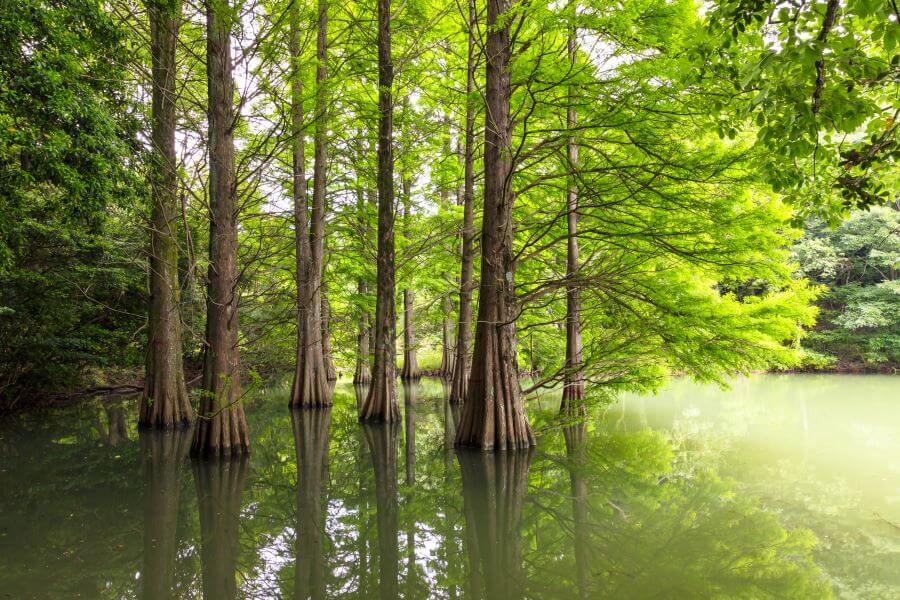
Early Spring Bass Fishing
As water temperatures rise due to winter’s departure, more fish will start moving from main lake or river zones into shallower creeks or pockets. This is a bass’s natural instinct, and we as anglers need to position ourselves in order to take advantage of this.
The early spring season or pre-spawn usually begins kicking off around February and goes until around May. Unless you’re in a place like Florida, where it may even start earlier and the spawn may occur around May.
Bass will begin moving into shallow water when water temperatures reach the low 50’s. This temperature will bring about an increase in appetite and the natural instinct to follow warmer water. Do note that this season is still marked by cold water and fishing can be very slow.
Pre-spawn fishing brings about the opportunity to catch big bass which is a big reason why we should get out there and cover the points that lead to spawning grounds.
Wooden cover for early spring bass
Submerged trees and logs are excellent ambush points for bass
5 of the Best Early Spring Bass Lures
Bait selection during this period can be difficult, however, it is arguably harder to locate bass themselves. This is where the importance of covering water comes in.
During the pre-spawn, bass are making their to spawning areas. Spawning areas or beds are characterized by shallower water in and around submerged vegetation and other forms of cover, and these zones are usually close to shore.
Pre-spawning bass will not quite have made it to these areas and will rather sit around secondary points that lead to spawning areas.
The ability to cover water will give us anglers to get an idea of where these fish are in their annual tradition, so we’re going to mention a few lures that are efficient in covering water and entice a reaction bite, but also lures that will get nailed once we know where bass are sitting during the early spring.
Some of the best lures for early spring bass fishing are crankbaits, spinnerbaits, shaky head rigs, and wacky rigs.
Crankbaits
Crankbaits are incredible ways to entice reaction bites while covering loads of water, whether it’s deeper structure, shallow cover, or steep drop offs. It remains one of my go-to baits during this period and it’ll often give away where bass are hanging out during early spring.
Ripraps and crankbaits are simply made for each other. Whenever I’m approaching a bank with loads of rod, I’ll immediately start thinking about bring out a squarebill crankbait.
Color selection is based on water clarity. For stained water, I’ll turn to shock colors such as a bright red or chartreuse and for clear water, I’ll pick a more natural pattern to try and match the bait in the system.
Diving depth is an important consideration for crankbaits. Fish tend to hang deeper in colder conditions and they might have moved to shallow water if water temps are more optimal.
Squarebill Crankbaits
The shape and lip of a squarebill crankbait make it a lure more suitable to fish around ripraps and wooden structure. Squarebills are pretty good when it comes to bouncing off of these cover points on a slow retrieve making it a solid power fishing technique.
Bass will often sit around ripraps for that little bit of extra warmth and they’ll also begin their feeding season around here.
Logs and other wooden cover are epic ambush points for bass and bringing a squarebill around these points is always a good option.
Docks are also awesome spots to throw a squarebill. Starting from the front side of the dock and working your way towards the bank may help give you an idea on where the fish are operating. Docks are again really good ambush points for bass.
The retrieve speed for a squarebill should be slow and steady and one should look to make many casts in an area with ripraps and wooden cover.
Lipless Crankbaits
The tight wiggle on a lipless crankbait drives most fish crazy and this type of crankbait works best when fishing around shallower water or shore-based ripraps.
Brian Latimer himself loves throwing lipless crankbaits around banks in search of fish preparing for the spawn. He always prefers fishing around dirty water with bright colors.
One should look to lipless crankbaits when bass have moved slightly shallower and are further into the spawning process.
Once again, the lipless crankbait is best on a slower retrieve and one should look to make many casts.
Spinnerbaits
Spinnerbaits are in my opinion all-season lures but in my opinion, they really do shine when during pre-spawn as bass are starting to feed again properly.
The spinnerbait is also an incredible way to cover water quickly and it’s super versatile in terms of where you’re throwing it.
Whether you’re throwing a 3/4 ounce down steep drop-offs and fishing shallow flats with a lighter option, the spinnerbait will often do the job in pointing out bass.
Many anglers prefer muddy water for a spinnerbait and this is often where we’ll find fish in the early spring. Muddy water will generally be slightly warmer and this will attract moving bass.
Spinnerbaits also have the potential to catch the biggest bass in a system and many pros will turn to it they need to boost their bag.
Shaky Head
The shaky head is less efficient when it comes to covering water compared to crankbaits and spinnerbaits, but it’s more a bait you’d throw once you have a fair idea of where the fish are feeding/sitting.
Shaky heads and finesse worms will get comfortably more bites than both a crankbait and a spinnerbait, but one needs to find the bass first and that’s where the reaction baits come in. It’s no use fishing a slower finesse worm if you’re not sure there’s fish around.
Cover points like docks and isolated vegetation are zones where the shaky head thrives and its slower, more delicate presentation is ideal for water temps that aren’t quite there in terms of warmth. A shaky head worm is also rigged weedless, meaning you can throw it right in the vegetation. However, it is a finesse technique, so it’s generally fished on lighter line.
The shaky head has a pretty similar profile to a Texas rig, but it’s just slower in application.
Wacky Rig
The wacky rig is another finesse technique that’ll work all season because of its incredibly subtle and lifelike action. Finding the strike zone of a fish with a wacky rig will often result in a bite and this usually comes on the initial fall.
I find it’s best to throw a wacky rig around isolated cover, whether it’s a dock, a tree, or any vegetation. Cast right up into these zones and let it fall on a semi-slack line. The horizontal shimmy of a wacky worm is hard to resist for a bass that’s preparing for its spawn.
Early Spring Fishing Tips
This is definitely not the easiest season to get bass in the boat. Remember, winter is still very much prominent and water temperatures are still not quite there for actively feeding fish.
Rather, there has been a gradual increase in water temperature and bass are beginning to move to their spawning areas with more willingness to feed. This season requires patience and plenty of casts.
Here are some tips for this season that have worked for me when beginning my bass fishing season:
Zone in on secondary points leading to spawning areas
Make your way towards narrower creeks and pockets and look for cover points that lead to potential spawning areas. Ripraps, docks, or wooden cover are great starting points for this period. Bass will often hug these areas as a point of ambush or additional warmth.
Cover areas well with lots of casts
Remember, these fish won’t be feeding too aggressively in this period as water temperatures are still relatively cold. They do however have intentions of feeding, so presenting your bait to them more than once may help entice a bite.
If you’ve found an attractive secondary point such as a dock, make more than one cast all around the dock and cover each zone heavily. Often, it’ll take a few casts to get that fish to eat.
Look for warmer water
Fish will have started moving away from deeper water columns during this period in the search for warmer water. Clear water is often cold water in this season, as it generally takes longer to warm up. Zoning in on more stained water and fishing these areas with the necessary brighter/darker colors may be the best option in locating bass.
Wrapping Up
Early spring marks the start of a new season for us bass anglers. It’s hard to contain the excitement for that first day on the water, but this time for fishing can be slow and difficult.
Start by making your win into shallower creeks in search of warmer water. Slow down your presentation and make several casts into areas that you think may be holding bass. This period requires patience, but it’s a period that can produce big fish.
冬が終わり、水温が上昇を始めるにつれて、より多くのバスがメインレイクやメインリバーから支流のシャローや小さなワンドへと移動を始めます。これはバスの自然な本能であり、釣り人としてはこの動きを最大限に生かす必要があります。
早春シーズンあるいはプリスポーンシーズンは、だいたい2月ごろから始まり、5月ごろまで続きます。フロリダ州のような場所ではもっと早く始まり、産卵は5月ごろに始まる可能性があります。
水温が10℃前後に達すると、バスはシャローに移動を始めます。この水温になると食欲が増し、本能的により温かい水を求める移動が始まります。ただしこのシーズンはまだ水温が低く、釣りが非常にスローになる可能性があることに注意してください。
プリスポーンの釣りでは、ビッグバスを釣るチャンスがあるということで、スポーニングエリアにつながるポイントを狙っていく必要があります。
早春のバス釣りルアーベスト5
この時期のルアー選びは難しいのですが、バスを発見すること自体もまた難しいものです。ここでは広いエリアをカバーできることが重要となります。
プリスポーンのバスはスポーニングエリアに向かっている途中です。スポーニングエリアあるいはベッドと呼ばれる場所は、隠れ家となる水草などに囲まれたシャロースポットで、だいたいは岸辺に近いことが特徴です。
プリスポーンのバスはまだこうした場所にたどり着いておらず、むしろスポーニングエリアに通じるセカンダリーポイントの周りにいます。
広くエリアをカバーする能力は、アングラーに移動中のバスが今どのあたりにいるのかの手がかりを得ることを可能にします。ですので、ここではエリアを効率よくカバーし、なおかつバスがいればリアクションバイトが得られるという、「早春に釣れるルアー」について触れたいと思います。
早春のバス釣りに適したルアーには、クランクベイト、スピナーベイト、シェイキーヘッドリグ、ワッキーリグがあります。
クランクベイト
クランクベイトは、ディープの地位系変化、シャローカバー、急な斜面など、広いエリアをカバーしながらリアクションバイトを引き出す絶好のルアーです。この時期を通じて私の定番ルアーの一つであり、早春のバスがどこにいるかを教えてくれることがよくあります。
リップラップとクランクベイトはまさにお互いのためにあるような関係です。リップラップを見るとすぐに、スクエアビル・クランクベイトを出したくなります。
カラー選択は水の濁りに応じて変えていきます。濁っていれば明るい赤やチャートといったショッキングなカラー、クリアウォーターであれば実際のベイトを模した地味なカラーを選びます。
潜航深度もクランクベイトにとって重要なポイントです。低水温ではバスは深い場所にいますが、水温が適切であればシャローに移動している可能性があります。
スクエアビル・クランクベイト
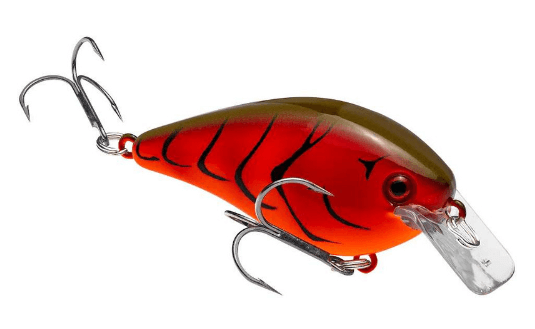
スクエアビル・クランクベイトのボディ形状とリップの作用により、リップラップやウッドカバーの周りを釣るのに適しています。スローリトリーブでもこうしたカバーに当て跳ね返ることがスクエアビルの強みで、パワーフィッシングの良い手段となります。
バスは少しでも温かい場所を求めてこのリップラップ周りにいます。加えて、この場所でフィーディングを始めます。
ウッドカバーはバスにとって極上の待ち伏せ場所です。こうしたポイントをスクエアビルで回るのは常に良い選択といえます。
桟橋もスクエアビルを投げるのに最高の場所です。桟橋の手前から始め、岸に向かって釣っていくことで、バスの位置が掴めるでしょう。桟橋もまたバスにとっての絶好の待ち伏せポイントといえます。
スクエアビルのリトリーブスピードはスローステディリトリーブがベストで、リップラップやウッドカバーのある場所ではたくさんのキャストをするべきです。
バイブレーション
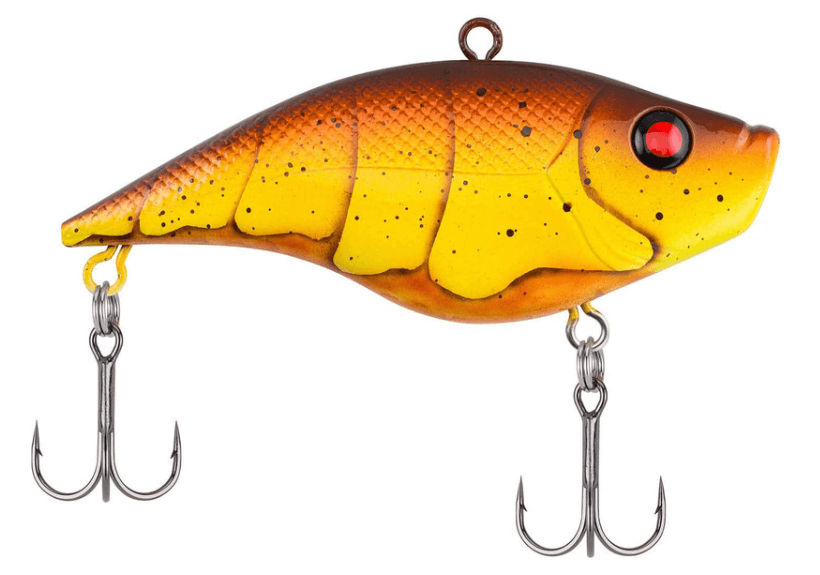
バイブレーションのタイトで小刻みなアクションは多くのバスを狂わせます。このバイブレーションもシャローや岸辺のリップラップでの釣りに最適です。
ブライアン・ラティマーも、産卵のために移動してくるバスを探すために濁りのはいった岸辺にバイブレーションを投げるのが大好きです。彼は常に鮮やかな色を好みます。
バスがよりシャローに移動し、スポーニングのプロセスがより進行した場合にバイブレーションを選ぶべきでしょう。
バイブレーションもまたスローリトリーブがベストで、多数のキャストをすることが大切です。
スピナーベイト
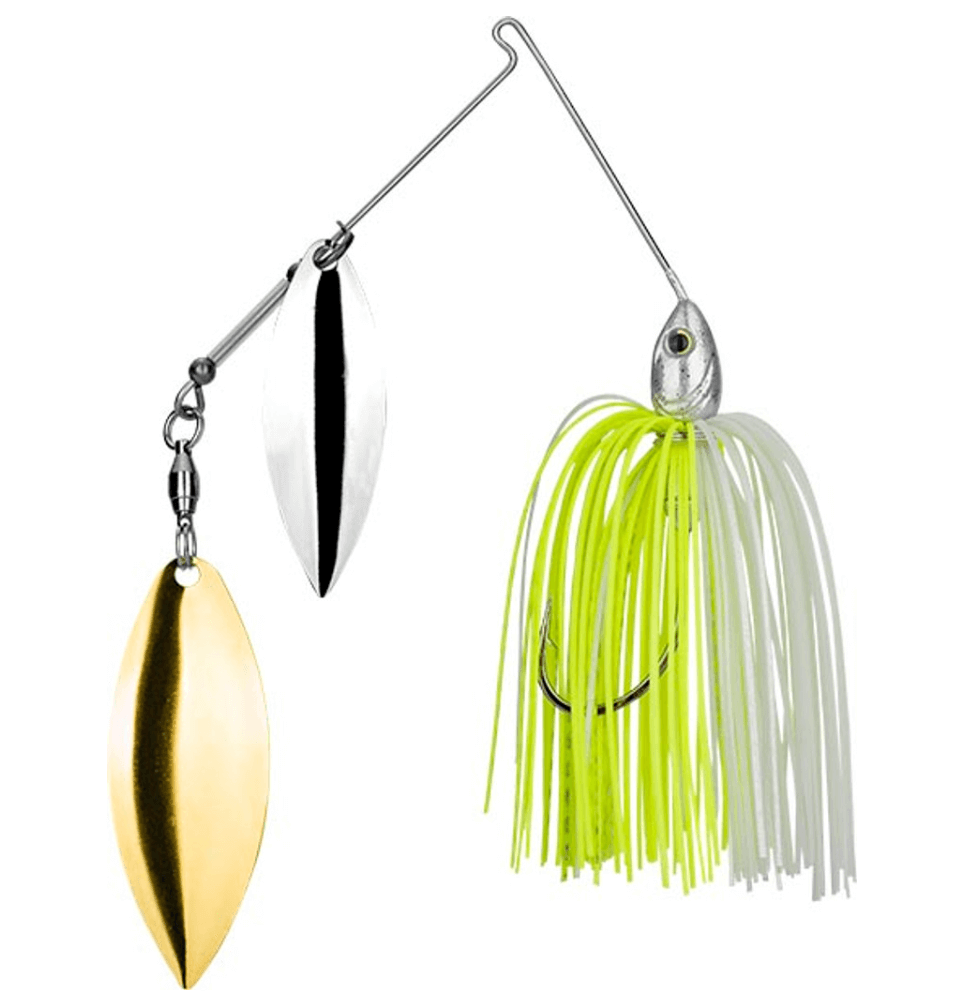
スピナーベイトは私の意見では1年中有効なルアーですが、バスがプリスポーン状態になりフィーディングを始めたころがに真価を発揮すると思います。
スピナーベイトは広いアリアを素早くカバーする絶好のルアーでもあり、投げる場所の選択肢も非常に幅広いです。
急な斜面を3/4オンスのフォールで使う場合もあれば、軽いルアーでシャローを釣る場合もあるでしょう。いずれの場合もスピナーベイトはバスを見つけるのに適しています。
多くのアングラーは濁りのある状況でスピナーベイトを使うのを好みますが、早春はまさにその濁りの中にバスがいます。濁った水は一般的にわずかに温かく、移動中のバスを引き寄せます。
スピナーベイトはなかでもビッグバスを釣るポテンシャルがあり、多くのプロはウェイトアップを狙うときにこれを選びます。
シェイキーヘッド
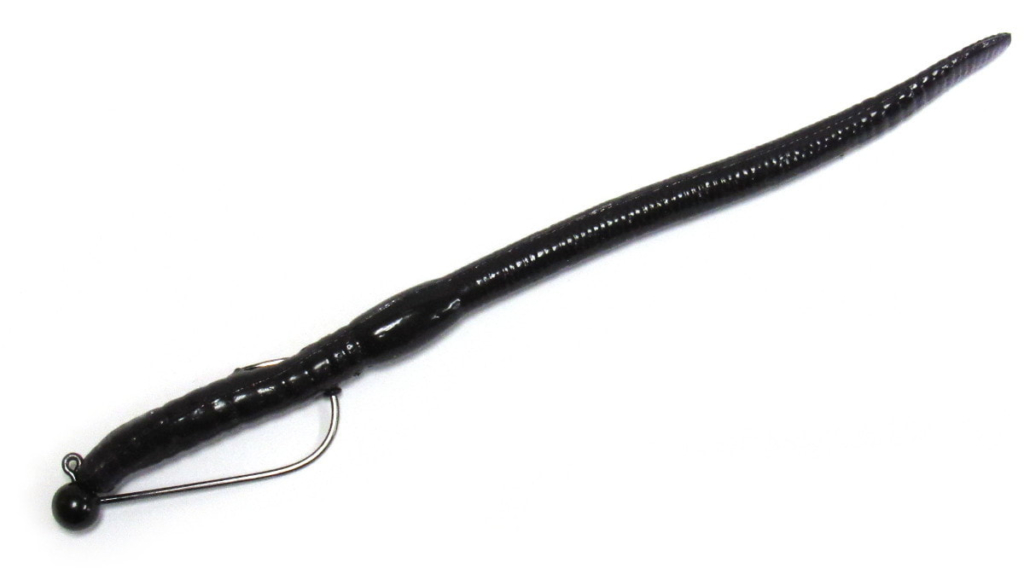
シェイキーヘッドはクランクベイトやスピナーベイトほど広くカバーするのには効率的ではありませんが、バスがフィーディングしているまたはたまっている場所がある程度分かったときに投入するルアーです。
シェイキーヘッドとストレートワームの組み合わせは、クランクベイトやスピナーベイトよりも断然多くのヒットを生みますが、まず最初にバスを発見する必要があり、そのためにリアクションルアーがあります。バスのいない所でゆっくりしたフィネスの釣りをしても意味がありません。
桟橋やポツンとウィードが生える岬はシェイキーヘッドが力を発揮するゾーンであり、そのゆったりと繊細なアクションは、水温がまだ上がり切らない時期に理想的です。シェイキーヘッドリグはウィードレス効果があるため、水草の中にダイレクトに入れられます。ただし、これはフィネステクニックなので、通常は細めのラインで釣りをします。
ワッキーリグ
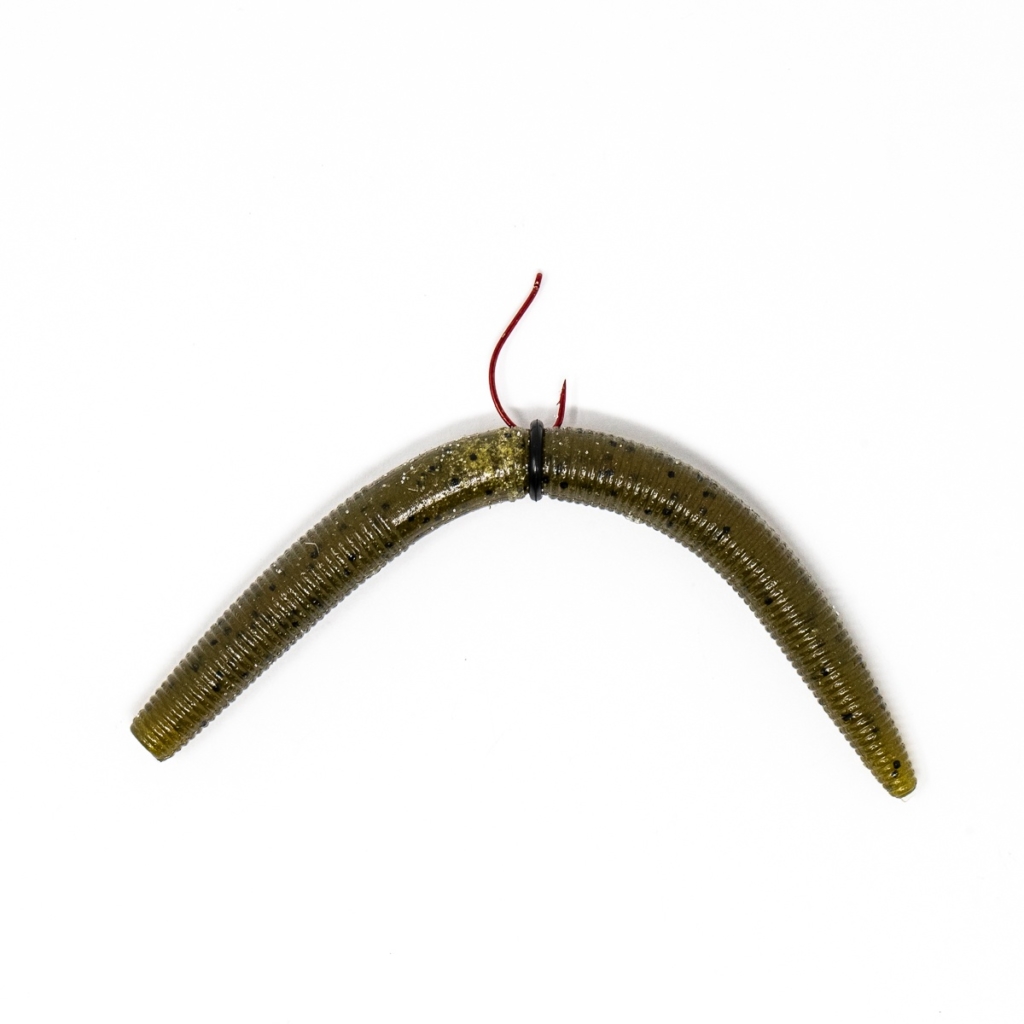
ワッキーリグは非常に繊細で生き物らしいアクションが出るため、四季を通じて効果的なフィネステクニックです。バスがストライクゾーン内でワッキーリグを見つけると、多くはバイトしてきますが、これはだいたいファーストフォール時に起こります。
桟橋や木や水草などの隔離された隠れ家の周りでワッキーリグを投げるのが最適だと感じます。これらのゾーンに真っすぐキャストし、ラインを張らず緩めずの状態でフォールさせます。産卵のために動き出すバスにとって、ワッキーリグの横シミーフォールは我慢できないようです。
早春のバス釣りのヒント
早春は決してバスを釣りやすいとはいえません。まだまだ冬の気配があり、バスが積極的にフィーディングをするほど水温は高くありません。
このときはむしろ水温が徐々に上昇しており、バスはスポーニングエリアに向かいつつフィーディングの意識を取り戻し始めている最中といえます。この時期は辛抱強さと多くのキャストが必要です。
この時期にバス釣りをはじめるときに私にとって役立ったことをいくつか紹介します。
スポーニングエリアに通じるセカンダリーポイントに注目する
細いクリークやポケットなどスポーニングエリアとなるであろう場所が隣接するカバーのある岬を探す。護岸や桟橋、ウッドカバーはこの時期のスタート地点として適しています。バスこうした場所の周りで待ち伏せしたり温まっていたりしています。
同じ場所で数多くキャストする
水温がまだ低いこの時期、バスは積極的にエサを食べていないでしょう。しかしフィーディングする意志はあるので、ルアーを複数回プレゼンテーションすることでバイトを誘発できる可能性があります。
魅力的なセカンダリーポイントである桟橋を発見した場合、桟橋の周りを何度もキャストし、各ゾーンを徹底的にカバーします。バイトさせるために数回のキャストが必要になることがあります。
高水温エリアを探す
この時期にはバスは温かい水を求めて深場から移動を始めています。この時期のクリアウォーターは冷たいことが多く、一般的に温まるのに時間がかかります。濁りのあるエリアを狙い、明るいカラーまたは暗いカラーでこれらのエリアを釣るのがバスを発見する最良の選択といえます。
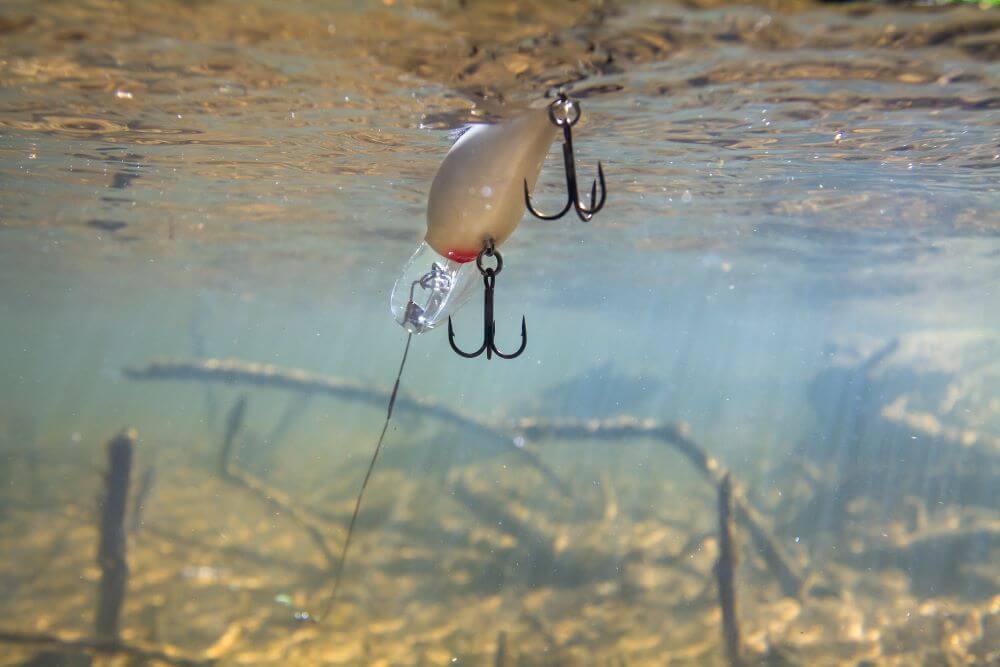
冬の眠りから覚めたバスが、活発に動き始める早春。私たちバスアングラーにとって、待ちに待った新シーズンが到来します。
しかし、水温がまだ低いこの時期は、バスの活性も低く、釣りは決して簡単ではないということでした。
それでも、温かい水を求めてシャローに移動し始めたバスを、じっくりと狙い続けることで、ビッグバスを手にするチャンスがくるという風に書かれていましたね。
基本的にはスローなルアーの動きでバスの興味を引き出し、何度も同じ場所にキャストを繰り返す。一見すると、単調で退屈な作業に感じてしまう方もいらっしゃるかもしれませんが、そこにこそ、早春のバス攻略の鍵が隠されていると感じました。
さあ、あなたも早春のフィールドに足を運び、忍耐強くバスとの駆け引きを楽しんでみるとしましょう。
きっとその努力は報われるはずです!楽しみですね!
それではまた。
毎度ありがとうございます!
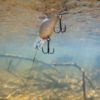
 https://www.tacklelab.co/post/best-bass-fishing-lures-for-ea...
https://www.tacklelab.co/post/best-bass-fishing-lures-for-ea...





